Spring Color – East Lambrook Manor Gardens
A simple yet inviting gateway in Somerset, England invites you to enter….
East Lambrook Manor, situated in a delightfully rural setting in East Lambrook, South Petherton: The site of the iconic gardens created in the 1940s through the ’60s by Margery Fish. Mrs. Fish’s gardens transport visitors through intimate spaces overflowing with densely planted borders. These famous gardens continue to draw avid garden lovers from near and far. And those who are familiar with Margery Fish’s prolific writings arrive with the desire to experience the informal yet lush planting referred to as cottage gardening. The style popularized in the books and articles written by this knowledgeable plantswoman.
The home of Walter and Marjorie Fish, a 15th century manor house now opens its gates on a regular basis to gardening aficionados. The premises boast a plant nursery, art exhibitions, horticultural courses, and special events. And most of all, the beautifully maintained gardens highlight a wealth of geraniums and snowdrops, among a rich palette of perennials, bulbs and vines: Companion plantings include Euphorbia and Eryngium – stalwarts for their strong form in the garden. Poppy, iris, and coneflower are among plants adding colorful notes. The gardens’ shady areas feature lovely specimens such as Corydalis and Brunnera, hellebores and Astrantia.
Climbers and vines are so essential to exuberant, floriferous cottage gardens. Personally, I’m dotty about the Lady Banks rose – specifically the yellow form, ‘Lutea’, an early bloomer that I found clambering with great vigor at East Lambrook. And a white wisteria … breathtaking!
Finding references to Margery Fish’s keen eye for interweaving old-fashioned plants with contemporary specimens is quite common. This brings to mind an article by Penelope Hobhouse, first published in the journal, HORTUS, and included in…
By Pen & By Spade: An Anthology of Garden Writing. Ms. Hobhouse writes, “Margery Fish… collected hardy plants which she arranged to emphasise each specimen’s particular beauty, rather than seeking any unity of garden design.” In the same book, an article by Stephen Lacey draws attention to Euphorbias, “E. characias has bluer leaves, darker bracts (aptly described as ‘lovebird green’ by Margery Fish) and chocolate borwn eyes…”
If you’re passionate about flora, having an opportunity to tour East Lambrook Manor offers an experience that can be as informative as it is enticingly sensory.
Nearby, (actually next door), I recommend East Lambrook Farm B & B if you’d like to stay over in the area. Comfortable accommodations are in a picturesque 17th century farmhouse, on a quiet lane.








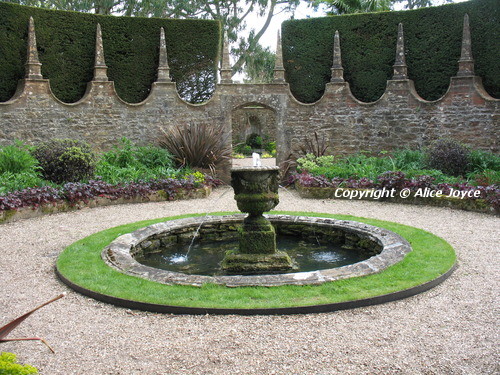
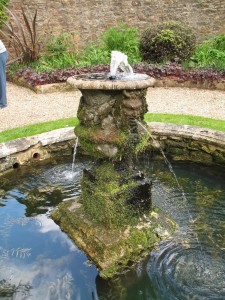
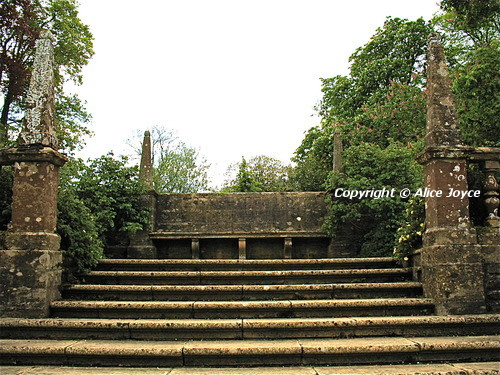
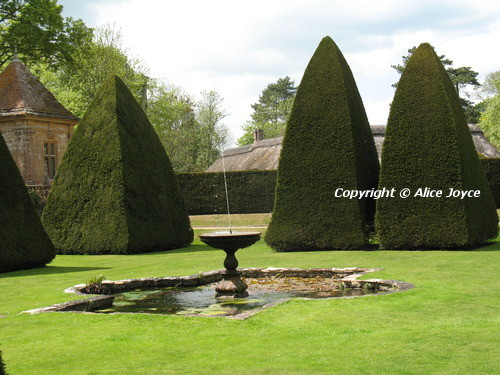
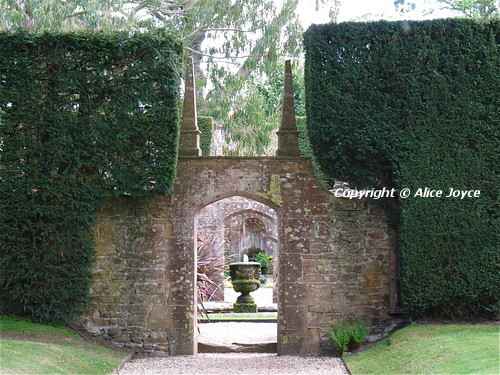
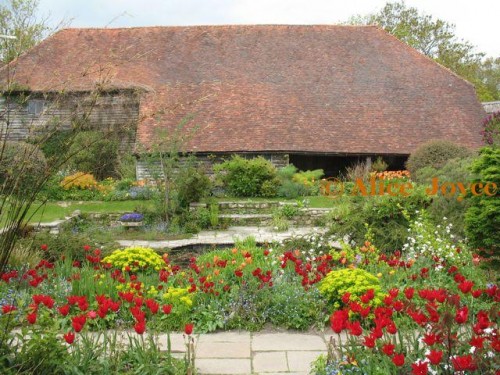
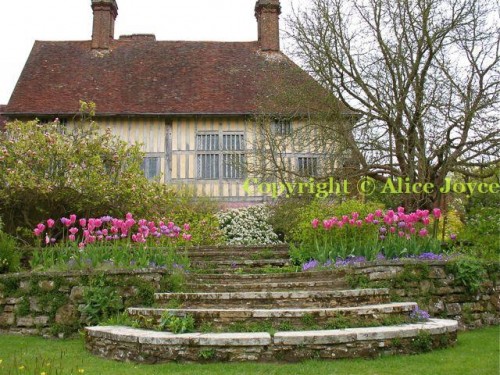
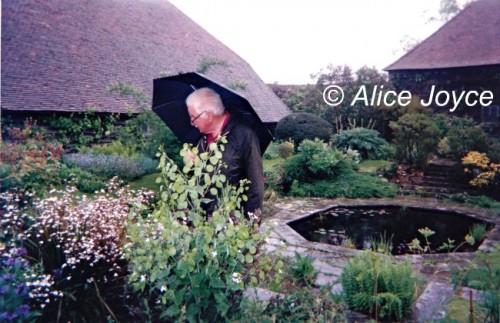

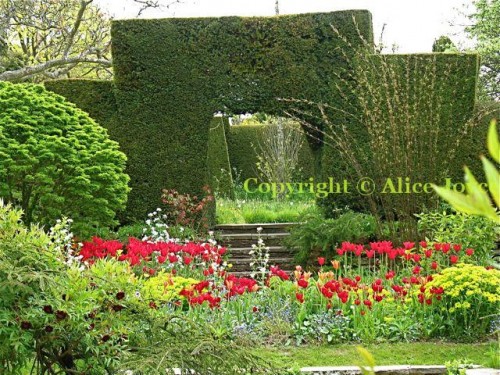
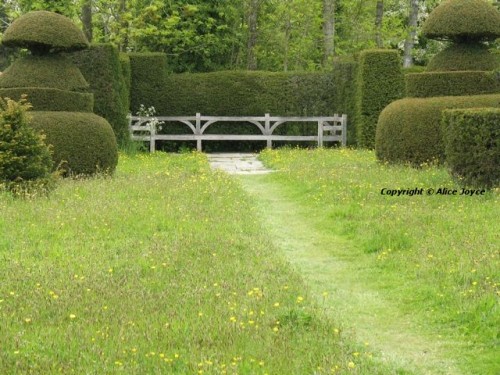
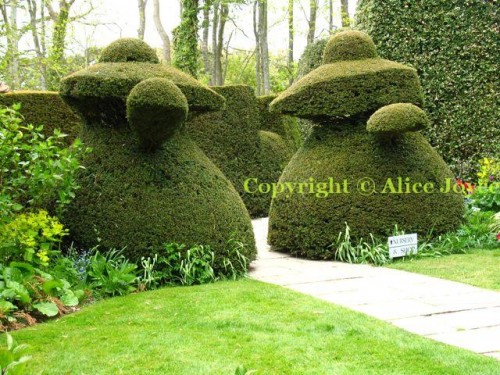
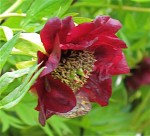
Comments